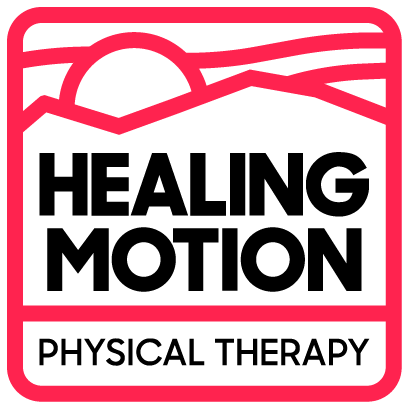Balance is the ability for you to maintain your center of gravity over your base of support. Quite simply, it keeps you from falling. Your balance system is comprised of your vision, vestibular system in your inner ear, and proprioceptors that provide feedback about your body’s position and movement. Feeling unsteady or dizzy is not normal, regardless of your age, and should be evaluated.
Balance and vestibular rehabilitation is beneficial for people with the following symptoms:
- unsteadiness, whether still or moving
- dizziness
- positional vertigo
- frequent falls
- neurological conditions
Benign Paroxysmal Positional Vertigo (BPPV) is a specific type of vestibular condition in which patients describe a very transient sensation that the room is spinning. Despite lasting less than a minute, symptoms can be so severe that it is at times accompanied by nausea and vomiting. Your inner ear contains three loop-shaped structures called semi-circular canals. Organs called otoliths contain small crystals, canaliths, that can become dislodged for a variety of reasons. When moving in the plane of a dislodged crystal, the acceleration of that crystal causes the room to spin.
A physical therapist who specializes in balance and vestibular rehabilitation will conduct a thorough assessment to determine whether the origin of your symptoms is due to your inner ear, proprioception, or something else. This may include taking your vitals, testing your mobility and strength, analyzing your gait, using standardized balance assessments that look at functional movements like standing up, and observing your response to changes of the position of your head in relation to gravity.
Based on the findings of the evaluation and your personal goals, your therapist will develop a comprehensive and individualized treatment plan. There are many treatment options to assist with resolution of balance and vestibular problems. They may include techniques to improve your mobility and strength, gait and balance training, exercises to reduce your sensitivity to movement, or canalith re-positioning.



